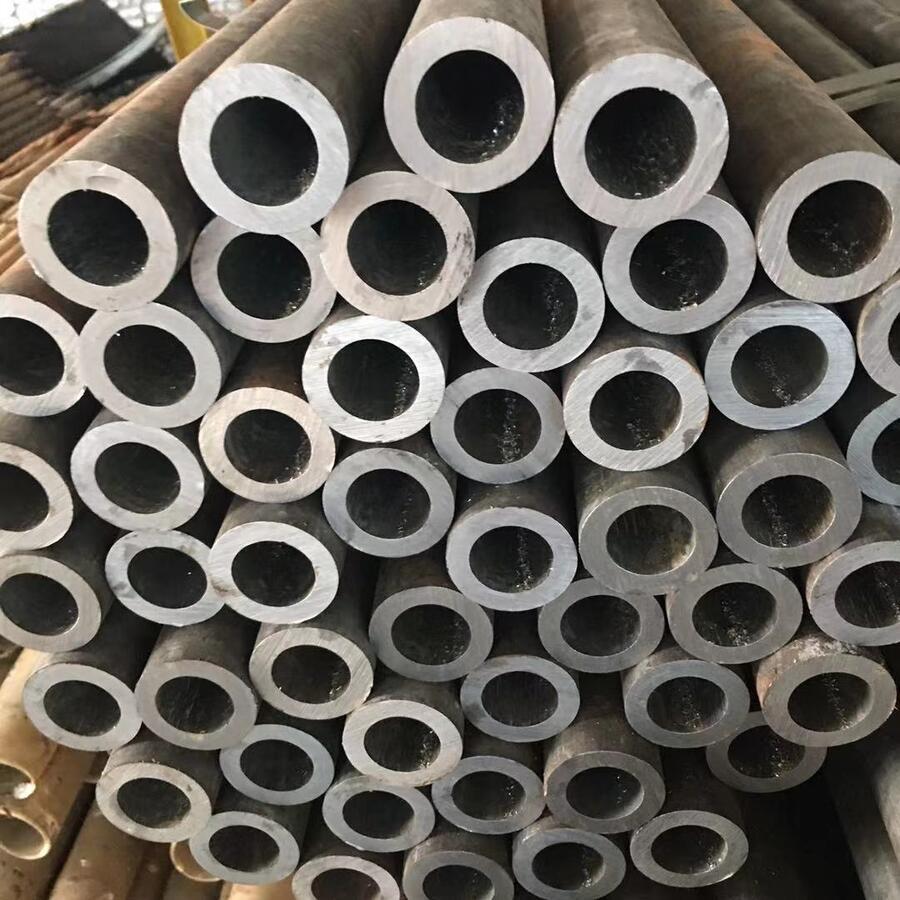Introduction to Bars, Rebars, and Wire Rod Mills
In the world of construction and manufacturing, bars, rebars, and wire rod mills play a crucial role. These materials are essential for creating strong, durable structures. This article delves into the specifics of these components, their manufacturing processes, and the machinery involved.
What are Bars and Rebars?
Bars refer to long, cylindrical pieces of metal, typically made of steel, used in various construction applications. Rebars, or reinforcing bars, are a specific type of bar that is used to reinforce concrete structures, providing additional strength and stability. The use of rebars is critical in ensuring that concrete can withstand tensile forces.
The Role of Wire Rod Mills
Wire rod mills are specialized machinery used to produce wire rods from steel billets. These mills are designed to efficiently transform raw materials into high-quality wire rods, which can then be used in various applications, including the production of rebars and other steel products.
Key Specifications of Wire Rod Mills
Understanding the specifications of wire rod mills is essential for manufacturers and engineers. Below is a detailed table showcasing the parameters of wire rod mills:
| Parameter | Description |
|---|---|
| Production Capacity | Up to 500,000 tons per year |
| Wire Rod Diameter | 5.5 mm to 16 mm |
| Material Type | Carbon steel, alloy steel |
| Rolling Speed | Up to 100 m/s |
| Number of Stands | 6 to 10 stands |
| Cooling System | Water spray and air cooling |
| Control System | PLC-based automation |
| Power Consumption | Variable based on capacity |
| Overall Dimensions | Customized based on layout |
| Weight | Varies with configuration |
Manufacturing Process of Bars and Rebars
The manufacturing process of bars and rebars involves several stages:
- Melting: Raw materials are melted in a furnace.
- Casting: The molten steel is cast into billets.
- Rolling: The billets are heated and rolled into bars or rebars.
- Cooling: The finished products are cooled using water or air.
- Cutting: The bars are cut to the desired lengths.
Importance of Quality Control
Quality control is paramount in the production of bars, rebars, and wire rod mills. Manufacturers must adhere to strict standards to ensure that the products meet industry specifications. This includes testing for tensile strength, ductility, and other mechanical properties.
Applications of Bars and Rebars
Bars and rebars are used in a variety of applications, including:
- Construction of buildings and bridges
- Infrastructure projects such as roads and tunnels
- Manufacturing of precast concrete products
- Reinforcement of foundations and slabs
Conclusion
In conclusion, bars, rebars, and wire rod mills are integral components of the construction and manufacturing industries. Understanding their specifications, manufacturing processes, and applications can help professionals make informed decisions. For more information on high-quality wire rod mills and related equipment, consider visiting HANI TECH and HANI METALLURGY.
Further Reading
For those interested in diving deeper into the technical aspects of bars, rebars, and wire rod mills, numerous resources are available online. Engaging with industry publications and attending trade shows can provide valuable insights into the latest technologies and trends.




